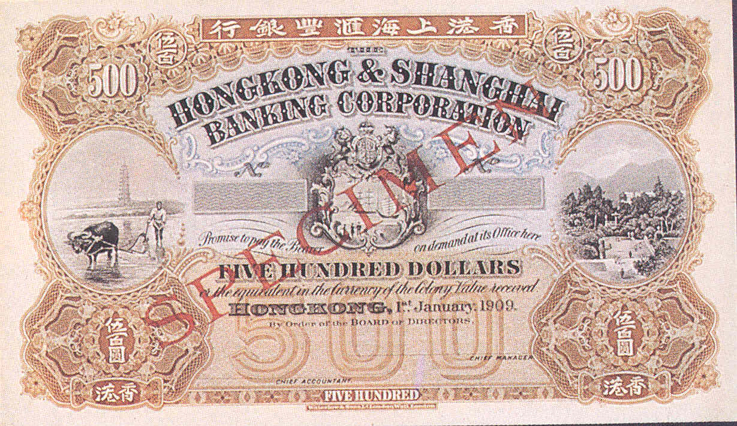Some thoughts about the ox in The Year of the Pig.
In Chinese culture, whenever we talk about farming we think of an ox (or a buffalo) tirelessly pulling a plough, tilling the earth, with the bare-footed farmer steering from behind, whipping and urging the poor animal along. I understand that this mode of farming is still very much in practice on the Mainland, despite the introduction of mechanisation in recent years, along with the rapid modernisation of the Mainland economy.
Farming is not really my area of expertise and it is hard to find any significant relationship between farming and the work of the HKMA, although we do have some professional interest in the financial arrangements for the large farming community on the Mainland, which is one important area of development highlighted in the recent National Finance Working Meeting. The reason why farming, or more specifically the different roles of the ox and the farmer, is worth a mention in this column is that I remembered an interesting saying I recently heard for the first time from one of my contacts on the Mainland. I was told that this saying is quite popular among working people there. Translated into English, it means "whipping the fast ox". Without making any assumptions about who is the farmer and who is the ox, I found this saying very apt in describing real-life situations, and I thought I would share it with readers.
Indeed, when the farmer has a fast, and therefore very productive, ox, there really is no need to whip the animal, inflicting unnecessary pain, urging it to go even faster. That would be cruel and unfair to the animal, and the farmer would face the risk that it might run amok, making a mess of the field and eventually lowering productivity.
While we are talking about oxen, I have often wondered why our thousand-dollar note is called the "golden ox". Its colour is of course golden, but why ox and not, for example, any of the other eleven animals? I remember that, before the thousand-dollar note was introduced, the five-hundred-dollar note, being the largest denomination and brown in colour, was called the "big ox", instead of the "brown ox". This might be because the five-hundred-dollar note issued in the early 20th century was very large (twice the size of the current five-hundred-dollar note) and had a drawing of an ox working on a farm.
And why I am talking about the ox and not the pig in The Year of the Pig? No special reason. I hope readers will allow me to indulge myself in this column every now and then, since I have been told by some of my media friends that I am sometimes too serious and technical.
Joseph Yam
22 February 2007
Acknowledgements:
Hong Kong Museum of History
The Hongkong and Shanghai Banking Corporation Limited
Click here for previous articles in this column.
Document in Word format



